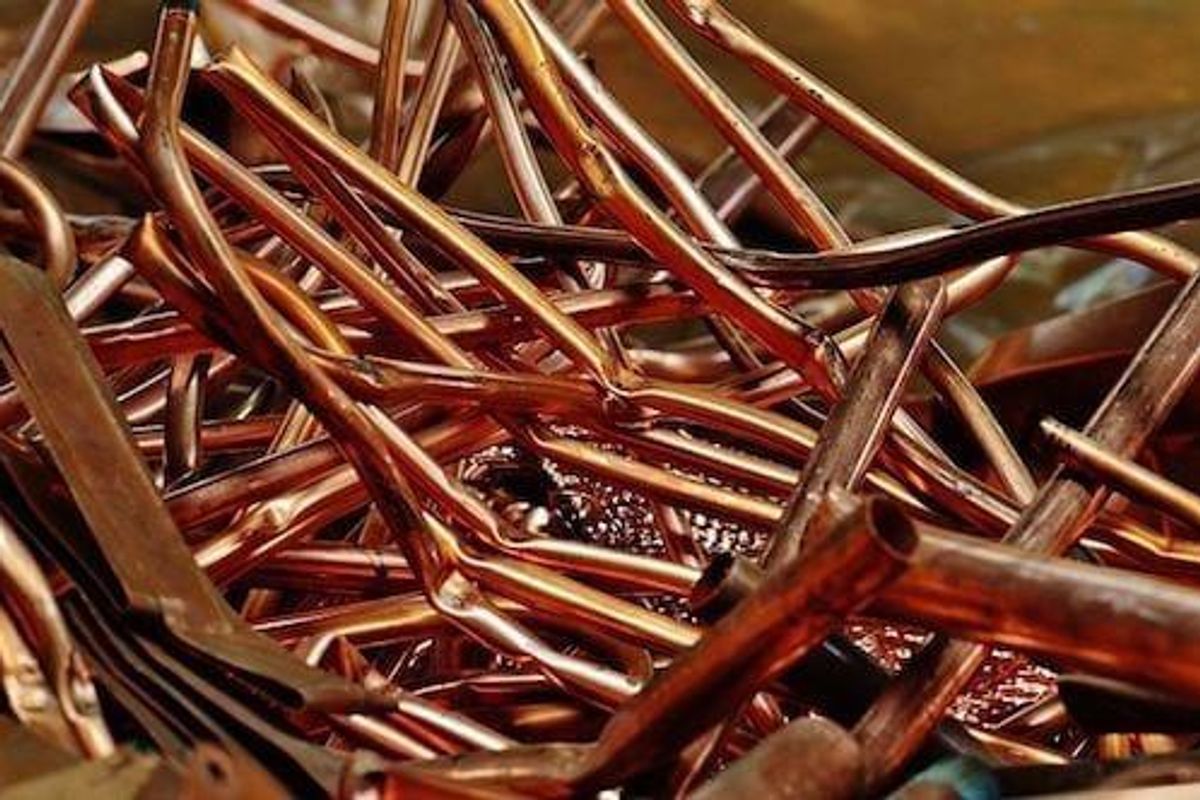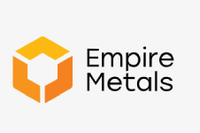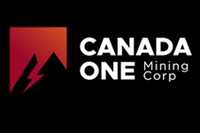7 Basic Copper Facts for Investors
Is copper investing worth it? Here are seven basic copper facts investors interested in the red metal should know before entering the market.

What copper facts are important for investors? The metal’s relationship with human development is longstanding. From its use in plumbing in ancient Egyptian civilizations to being an essential component of power generation, copper has been an “electric” metal for millennia.
Considered a tertiary commodity compared to the shinier appeal of gold and silver, copper is often the third choice for metals-focused investors during economic uncertainty. Today, copper is the third most-used metal in the world and plays a pivotal role in all major economies, as well as in the developing world.
Here are some basic copper facts for investors looking to get into the copper resource space.
1. What is copper?
Copper’s most distinctive quality is its reddish-orange color. Despite being known as a base metal, it has the symbol Cu on the periodic table and is found in the same group as precious metals silver (Ag) and gold (Au). These metals were among the first elements discovered, as all three occur naturally in elemental form.
In pure form, copper is soft with very high thermal and electrical conductivity. This means it is popular for use in alloys that are vital in many industries, including manufacturing and construction, similar to zinc.
2. What is copper used for?
Construction is copper's largest application worldwide. It is estimated that nearly half of all copper supply is used by this industry. A home can contain on average 439 pounds of copper in copper wire, pipes and appliances due to its corrosion resistance, while a car can contain 50 pounds of copper in its motor, connectors and brakes.
Because homes are so reliant on the metal, copper prices are tied to the health of housing markets. The second largest market for copper is the electrical and electronics space due to the metal’s excellent electrical conductivity. This arena now includes electric vehicles.
3. Who uses the most copper?
In terms of consumption, China has held the top spot for over a decade. In 2022, the Asian nation was again the largest consumer of refined copper, making up 55 percent of global copper consumption.
The country also ranks number one on a 2021 list of copper ore and concentrate importers, with Japan and South Korea following behind. Refined copper imports in 2021 were the same story, though the US and Italy took the second and third spots, respectively.
Click here to learn more copper facts about the refining process.
4. Who sets the price of copper?
What is copper priced at and who decides? The price of copper is set by the free market. Producers, suppliers and customers balance extraction, copper production and distribution costs with demand. Two common exchanges where copper is traded are the London Metal Exchange and the COMEX.
Copper is heavily consumed, but it is also heavily traded, which can lead to price volatility as large orders come in and out of the market. As with many commodities, copper is also traded on the futures market, which gives investors and consumers the opportunity to hedge against copper metal price changes.
5. Who produces the most copper?
Chile, at 5.2 million metric tons (MT), was the world’s largest copper miner in 2022, producing more than double the amount of the next highest producer, Peru, which came in at 2.2 million MT. In another first place for Chile, its state-owned mining company Codelco was the top copper-producing company last year with output of 1.55 million MT. Chile also has the highest copper reserves at 190 million MT.
The world's second largest copper miner last year was Freeport-McMoRan (NYSE:FCX), which produced almost 1.3 million MT of copper in 2022.
Also producing more than 1 million MT per year of mined copper were BHP (ASX:BHP,NYSE:BHP,LSE:BHP), Grupo Mexico (BMV:GMEXICOB) and Glencore (LSE:GLEN,OTC Pink:GLCNF). Other key players in the world’s copper market that own or operate copper mines or copper deposits include Southern Copper (NYSE:SCCO), Rio Tinto (LSE:RIO,NYSE:RIO,ASX:RIO) and Anglo American (LSE:AAL,OTCQX:AAUKF).
6. How to invest in copper?
For resource investors looking to enter the copper market, there are a number of options:
- Physical copper: The time to obtain physical copper from pennies has long since passed, but there are still options for investors to own physical copper or copper bullion through bars or collectible coins. While storing these large materials can prove challenging, owning physical copper might be the cheapest option for investors.
- Stocks: To access copper prices more directly, investors can purchase shares of companies engaged in mining the metal. These stocks demonstrate a strong correlation to spot prices. Click to check out the top-gaining copper stocks on the TSX and TSXV year-to-date.
- Exchange-traded funds (ETFs): Alternatively, investors have the option of accessing the copper market indirectly by looking at ETFs focused on the red metal or on companies that mine the metal.
- Futures: As mentioned, copper futures are a popular way to hedge risk while getting exposure to the metal. There are a few exchanges where trading copper futures is possible, including the London Metal Exchange.
7. Is copper worth investing in?
Copper is used heavily in industry, and prices are often swayed by demand out of major consumer China. The country's slower-than-expected recovery from COVID-19 has raised some concerns about consumption, but in general market watchers see this as a short-term headwind for the red metal. The electrification story is also bolstering demand.
At the same time, analysts are concerned about future copper supply — many believe that a dwindling pipeline of mine projects could cause a potential shortage in the future. It's up to each investor to decide whether copper will work in their portfolio, but those who decide to get exposure may want to have a long-term timeline in mind.
This is an updated version of an article first published by the Investing News Network in 2016.
Don’t forget to follow us @INN_Resource for real-time news updates.
Securities Disclosure: I, Melissa Pistilli, hold no direct investment interest in any company mentioned in this article.
- When Will Copper Go Up? (Updated 2023) ›
- Top 10 Copper Producers by Country (Updated 2023) ›
- How to Invest in Copper ›
- 10 Top Copper-producing Companies | INN ›
- 5 Top Copper Reserves by Country | INN ›





